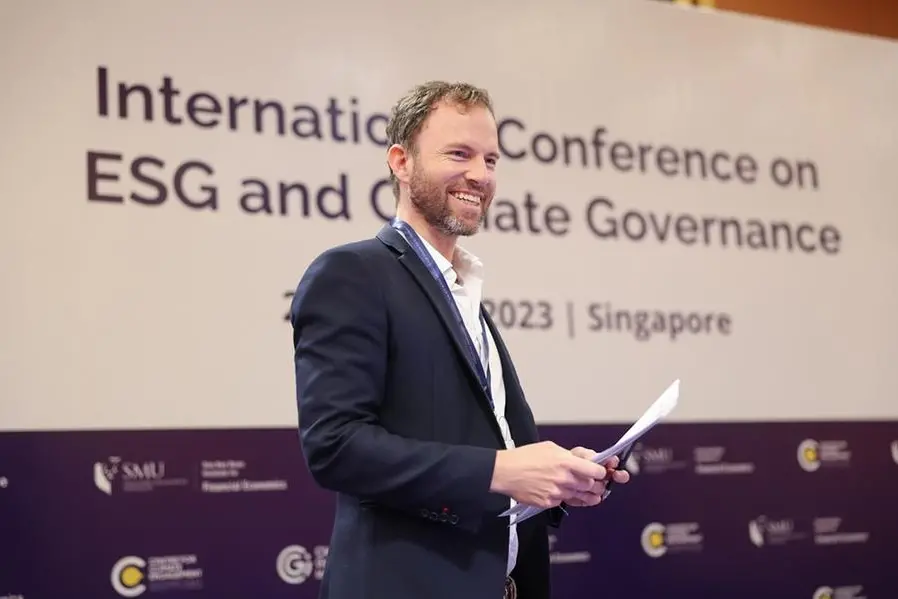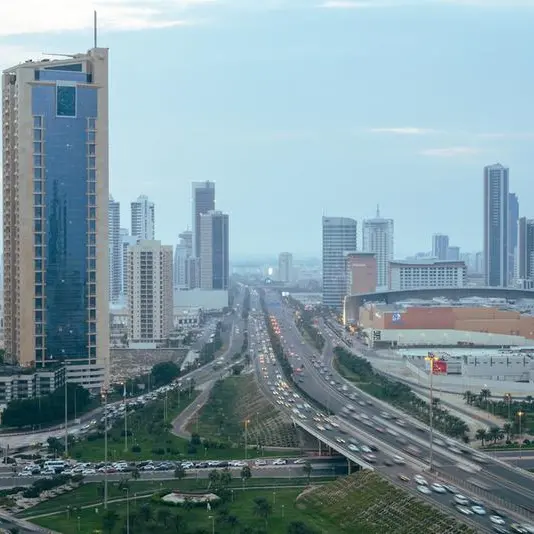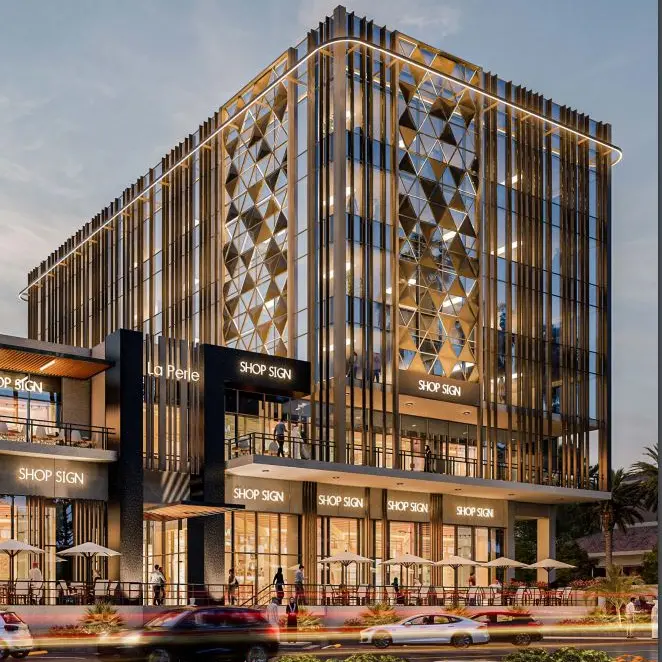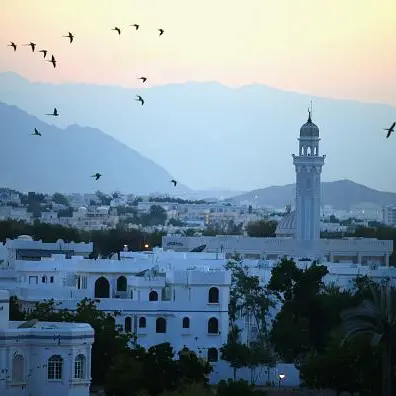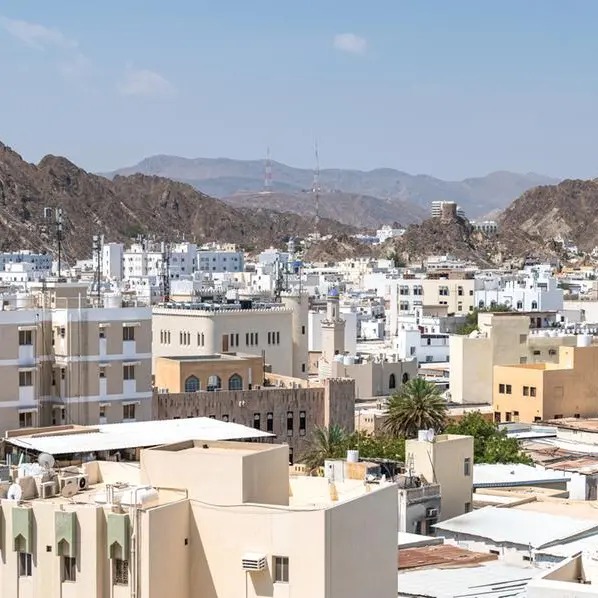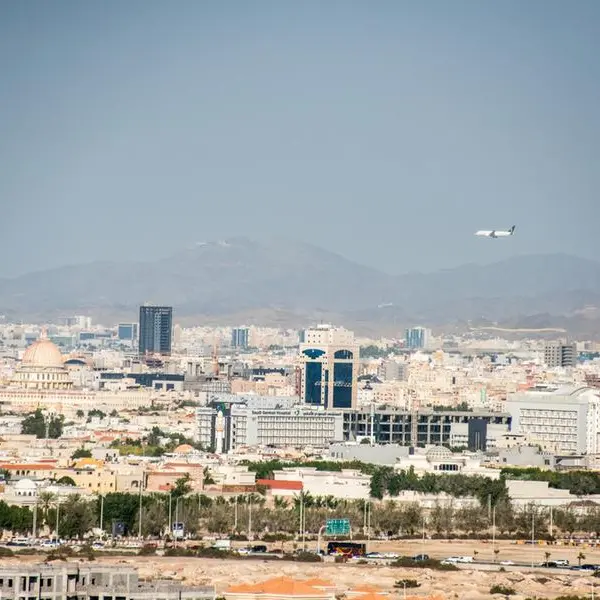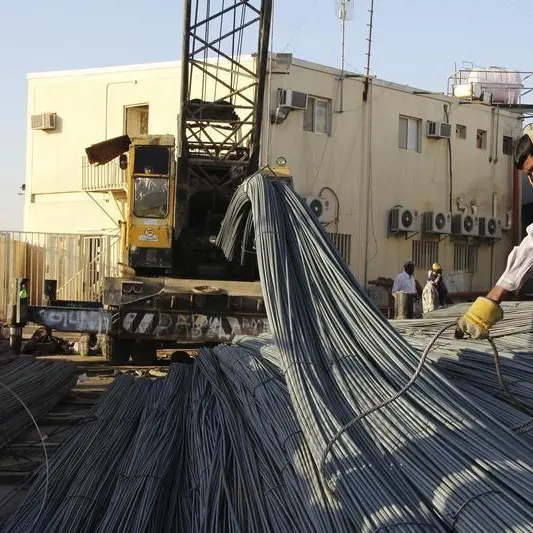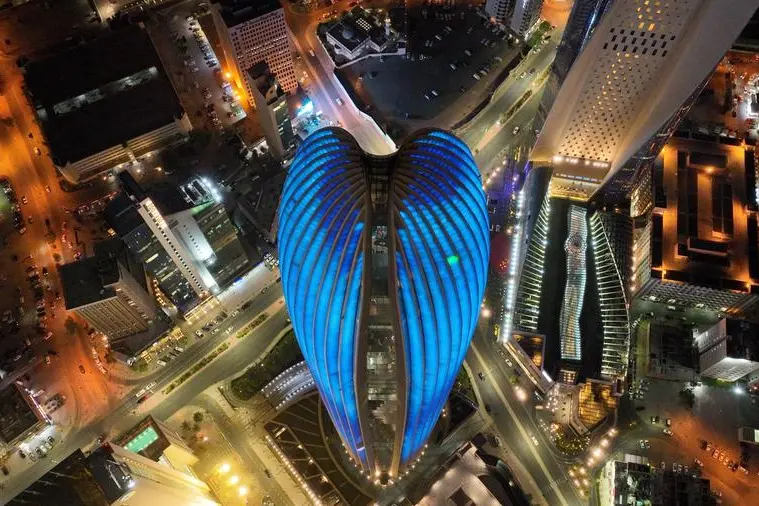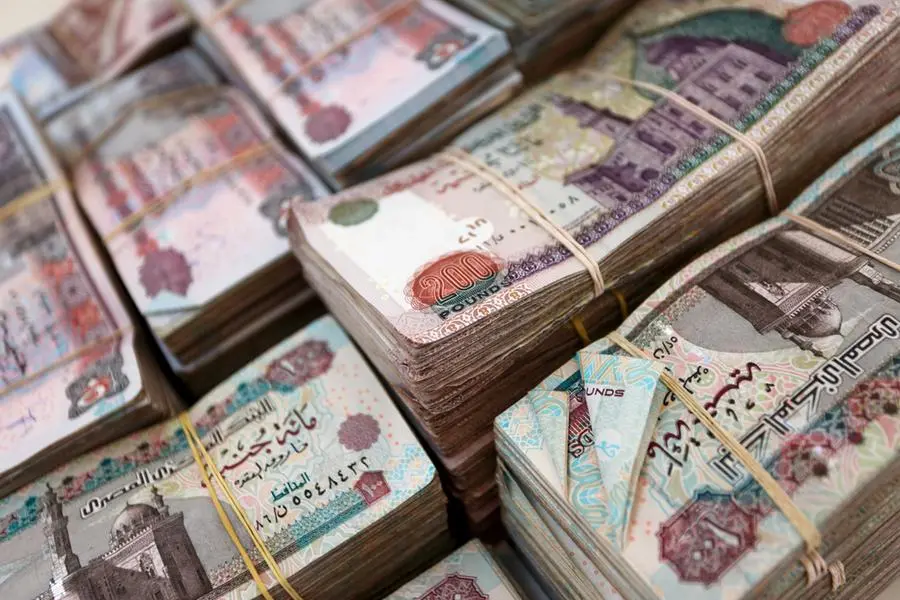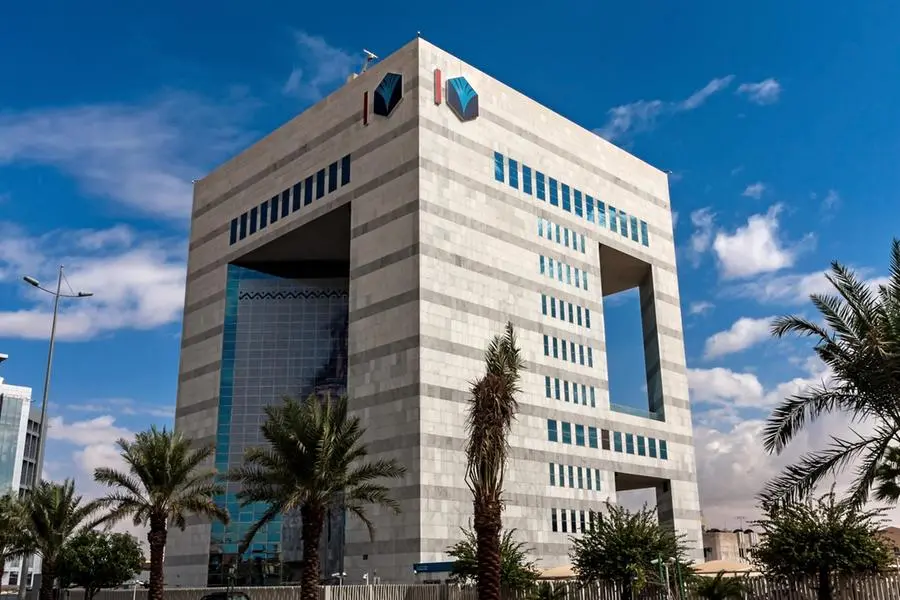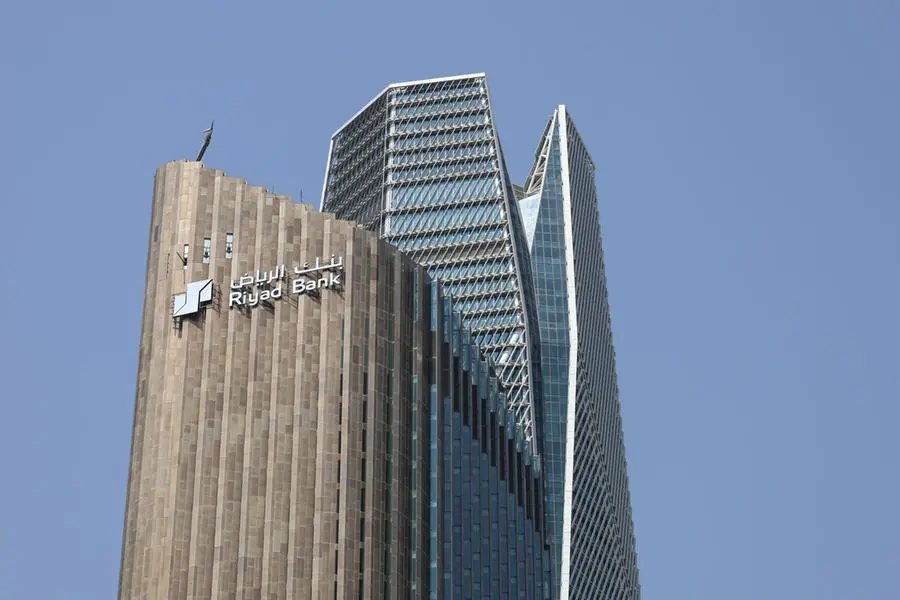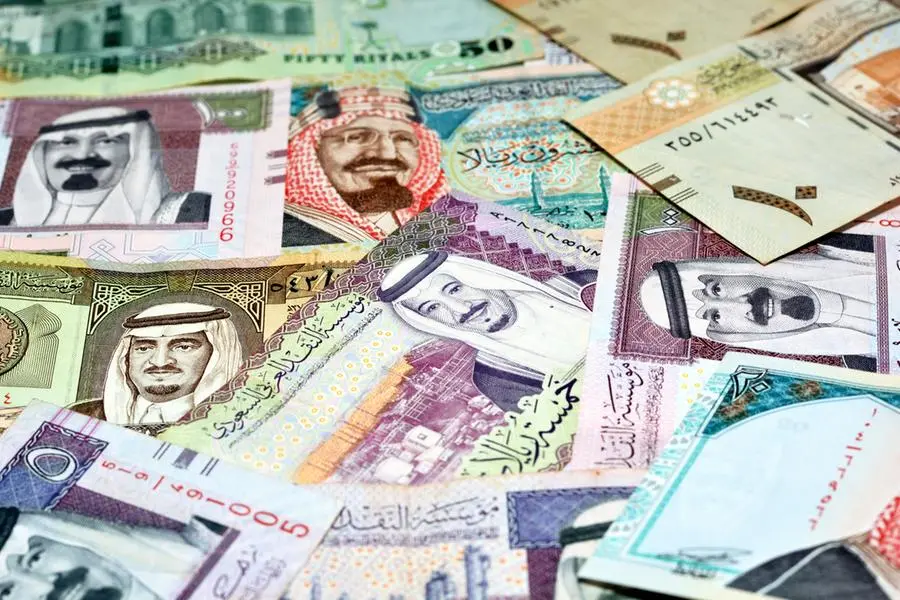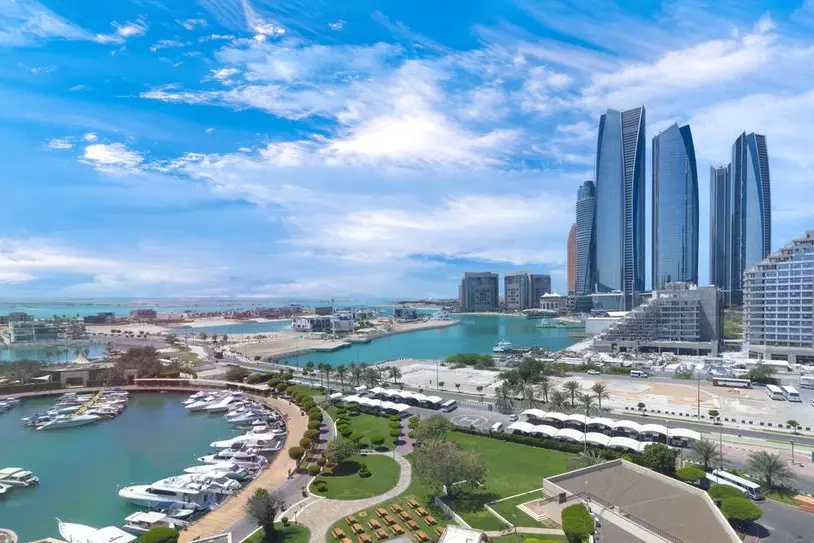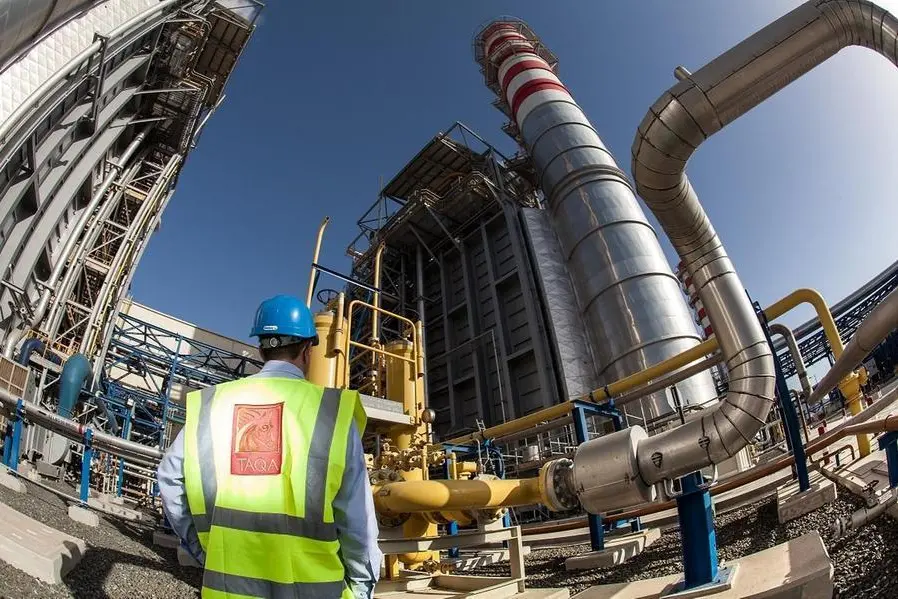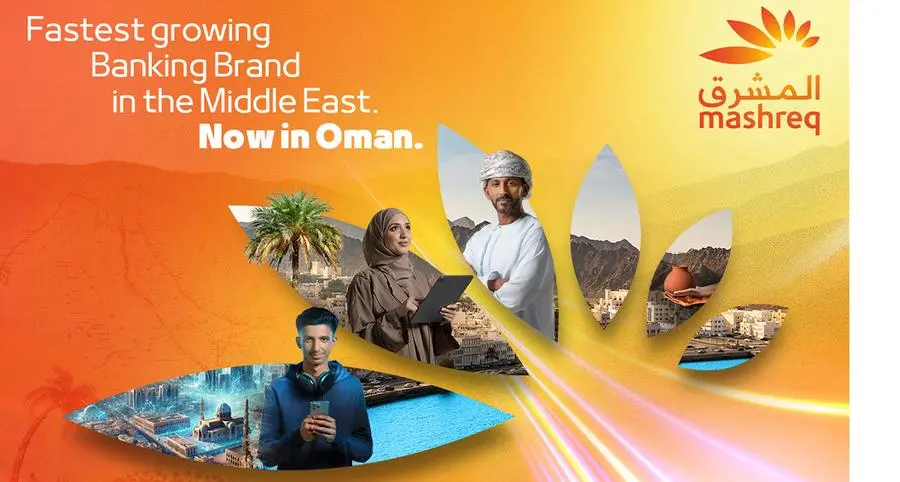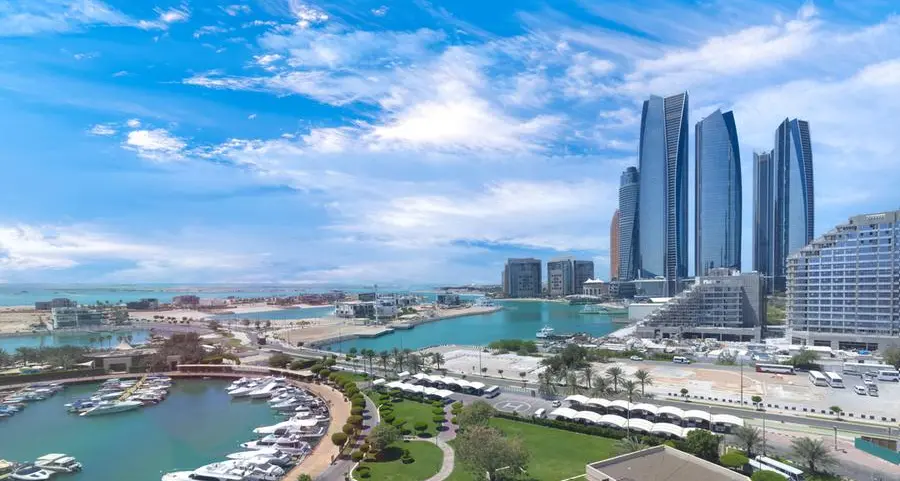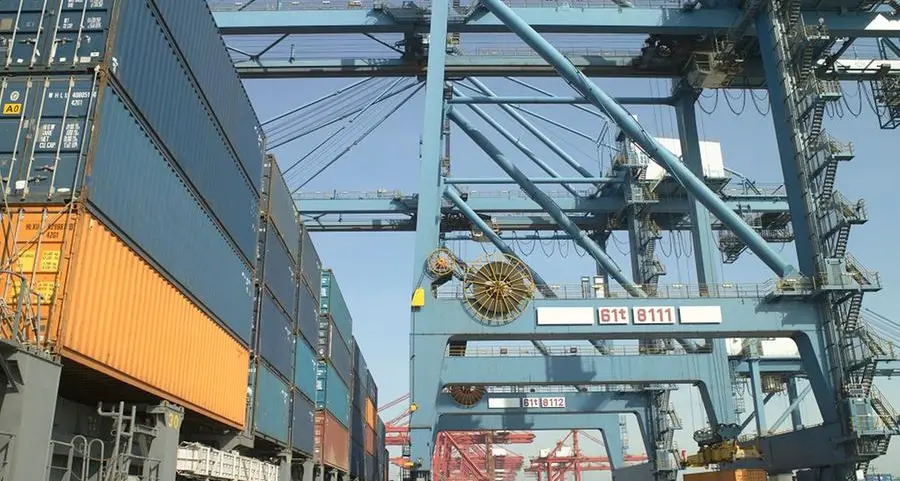PHOTO
Dr Christoph Nedopil, Professor and Director Griffith Asia Institute.
China’s Belt and Road Initiative (BRI) marked a record-breaking year in 2024, with over $70.7 billion in construction contracts and $51 billion in investments, according to China Belt and Road Initiative Investment Report 2024 co-published by the Griffith Asia Institute (GAI), part of Australia-based Griffith University and the Green Finance & Development Centre (GFDC) of Fanhai International School of Finance (FISF), China.
The report highlights the Middle East as the top regional recipient of Chinese BRI engagement, securing $39 billion across key sectors such as fossil fuels, infrastructure, and renewable energy.
Dr. Christoph Nedopil, founding director of the Green Finance & Development Centre and Professor and Director of GAI, shared his insights with Zawya Projects on the driving forces behind this surge, evolving investment patterns, and the growing shift towards greener, technology-driven projects under the BRI.
“In 2024, we identified BRI projects totaling over $120 billion—a record high since the initiative’s launch in 2013. This surge might seem surprising given the slower growth of the global economy, including China’s, compared to the early years of the BRI,” he said.
Nedopil said that given China’s economy is now nearly twice the size it was in 2013, with numerous world-leading companies emerging — especially in technology and infrastructure — the continued global expansion of Chinese businesses, including those within the Belt and Road Initiative framework, is a "natural progression."
He emphasised that despite global market uncertainties, Chinese businesses are expected to remain agile and strategic. “We are likely to see strategic investments in BRI countries, including efforts to navigate export restrictions, support 'new-age friend-shoring,' or seize opportunities left open by other partners — particularly in natural resources,” he added.
Excerpts from the interview:
The Middle East led Chinese BRI engagement with $39 billion in investments and construction deals. What is driving this focus, and which sectors benefit most?
China’s strong engagement in the Middle East has been driven largely by the fossil fuel sector, particularly gas. Major construction deals include oil processing projects in Iraq, gas-related infrastructure such as pipelines and a gas-fired power plant in Saudi Arabia. Other massive deals include the Saudi subway construction. Chinese companies have also invested in renewable energy in the region, as well as in steel and energy technology, particularly in Saudi Arabia.
The report highlights China’s greenest energy investments yet, with renewable projects hitting $11.8 billion. What’s driving this shift, and how does it compare to past BRI trends?
BRI energy investments have become increasingly green, particularly following China’s decision to halt overseas coal financing in 2021. In 2024, this trend reached a new high, especially in energy generation projects. Additionally, investments extended to the establishment of solar PV and battery manufacturing plants.
This shift is driven by two key factors. On the supply side, Chinese companies have become global leaders in green energy technologies, enabling their expansion abroad. On the demand side, green energy remains highly attractive due to its economic benefits—lower electricity costs for industry and households, alignment with low-carbon development goals, and job creation.
While BRI construction deal sizes are growing, investment deal sizes are shrinking. What does this indicate about China's evolving investment strategy under the BRI?
The trend of rising construction deal sizes alongside shrinking investment deal sizes should be interpreted with caution. A few exceptionally large construction deals in 2024, particularly in the Middle East, have skewed the overall figures.
That said, this trend does indicate that Chinese companies remain highly competitive and capable of delivering multi-billion-dollar mega-projects. On the investment side, the data suggests a broader participation of Chinese companies in BRI countries, even if on a smaller scale per project.
China’s BRI strategy appears to be shifting from large infrastructure projects to “soft” sectors like technology, digital connectivity, and financial services. What’s driving this change, and how does it support China’s long-term economic goals?
The BRI has gradually shifted from a focus on public infrastructure, such as transport projects, toward revenue-backed projects. Large-scale fossil fuel projects, such as in the Middle East, offer clear revenue streams, providing Chinese developers with greater confidence in cost recovery. This contrasts with public infrastructure such as road projects, which often rely on government fiscal strength, creating more uncertainty in emerging economies.
Additionally, China’s rapid advancements in technology have fuelled greater engagement by Chinese tech companies in BRI markets. This aligns with China’s long-term economic goals of enhancing global competitiveness in high-tech industries and digital infrastructure.
Given escalating U.S.-China trade tensions, including increased tariffs and investment restrictions, how do you see these developments shaping China’s BRI strategies—both in seeking alternative markets and adjusting investment focuses?
Geopolitical uncertainty affects all players, but the fundamental goal of businesses remains unchanged: to generate commercial opportunities. Companies will seek sectors and markets where they feel confident in managing risks.
If Middle Eastern countries continue to provide a stable environment for Chinese partners, there is little to prevent Chinese businesses from deepening their engagement in the region. The ability to navigate trade restrictions and build alternative supply chains will likely reinforce this trend.
Earlier reports predicted BRI investments in 2023 would pivot toward green energy, digital infrastructure, and increased regional engagement. Looking back, which of these trends materialised as expected — and were there any surprises in how BRI investments unfolded?
Looking back at my 2023 predictions, I recognise that forecasts are always subject to change. However, the data confirm increased engagement in green energy and technology, as expected. Additionally, there has been a shift toward investment in countries with stronger economic fundamentals and lower sovereign debt. For example, China’s engagement in Pakistan reached its lowest level yet.
What did surprise me was the strong resurgence of fossil fuel projects, particularly in the Middle East, as well as the rapid pace of investment in new energy vehicles and battery technologies.
Looking ahead, what key trends or challenges do you foresee shaping BRI investments in 2025, particularly in the Middle East? Are there specific areas where we should expect increased Chinese engagement?
In the Middle East, Chinese business opportunities will likely remain strong, driven by robust regional growth prospects, clear political strategies to diversify economies, and an ongoing construction boom. This will continue to fuel infrastructure-related investments, for example in energy generation and transportation.
Additionally, I see great potential for joint project development between Middle Eastern and Chinese financial and commercial partners in third markets, such as Africa and Asia.
(Reporting by SA Kader; Editing by Anoop Menon)
Subscribe to our Projects' PULSE newsletter that brings you trustworthy news, updates and insights on project activities, developments, and partnerships across sectors in the Middle East and Africa.
